Australia series might have forced Shubman Gill’s hand in enforcing follow-on — Windies’ fightback raises questions on his wisdom
The decision to enforce the follow-on is one of cricket’s most debated captaincy calls. When Shubman Gill asked the West Indies to bat again after India’s mammoth first-innings 518/5 declared, he looked like a captain backing his bowlers and chasing a quick finish. But the visitors’ spirited reply — led by John Campbell and Shai Hope — turned a straightforward finish into a tense final day and reopened debate about whether Gill’s move was wise or hurried.
Why Shubman Gill enforced the follow-on: context and reasoning
India’s lead after the first innings was overwhelming. The hosts posted 518/5 (declared), and West Indies were dismissed for 248, leaving India with a 270-run advantage. That kind of cushion traditionally makes the follow-on a very logical option for the fielding side. The immediate strategic arguments in favour were simple: keep scoreboard pressure on, exploit a fresh bowling attack, and aim to wrap up the match quickly to secure a 2–0 series win.
Head coach and support staff reportedly discussed whether to bat again or enforce the follow-on, which shows the call wasn’t purely instinctive — but a considered team decision. Still, the actual match and pitch behaviour informed their choice; India expected the wicket to offer assistance and felt their attack was in rhythm.
Shubman Gill’s intent: series management and the Australia series angle
One line of reasoning gaining traction in media and fan circles is that the upcoming Australia series influenced Gill’s calculus. With an eye on workload management, preserving bowlers, and finishing the series quickly to rest key players before a more challenging tour, Gill may have preferred a fast result. Enforcing the follow-on can shorten match time, avoid batting again when conditions may not be ideal, and keep the rhythm of the bowling unit intact — all attractive ahead of a tougher assignment. Several reports suggested the Australia series timeline and player management considerations were at the back of tactical conversations.
What went wrong — Windies fightback and key performers
The follow-on backfired in the sense that West Indies regrouped impressively. John Campbell produced a major innings, and Shai Hope played the anchor role — their partnership frustrated India and ate up time. At one stage, the visitors recovered strongly enough that India were set a modest target and had to bat again. That shock to the plan exposed vulnerabilities in India’s strategy: Kuldeep Yadav, who had earlier starred with a five-wicket haul, also had a costly spell in the follow-on innings, conceding more runs than expected.
The fightback showed how follow-ons remove the margin for error. Fresh batsmen have nothing to lose; momentum can swing, and weather/pitch behaviour over the remaining days matters. In this instance, West Indies’ improved application and a lack of sustained breakthroughs in the second dig meant India’s neat finish plan became messy.
Was the call a tactical error or an understandable risk?
There are two defensible positions. First, enforcing the follow-on after a 270-run lead is textbook cricket: pressurise the opposition, seize the initiative, and capitalise on your bowling form. Historically, India had used the follow-on against West Indies successfully on several occasions, and the coaching staff had indicated that the option was discussed and considered safe.
Second, critics point out the risks: follow-ons remove the batting cushion and give the opposition psychological freedom. If the pitch flattens or the bowlers tire, the side enforcing the follow-on may find itself chasing or needing to bat again under pressure. Given Windies’ recovery, social media and some pundits questioned Gill’s judgment — arguing that a declaration and an extra 30–45 overs of batting might have ensured a more comfortable finish.
Leadership under scrutiny: what this says about Shubman Gill
Shubman Gill is still early in his captaincy journey at the international level. Making tough calls — and occasionally having them look wrong in hindsight — is part of growth. The modern captain must balance short-term match sense with series and workload planning, and sometimes those priorities conflict.
Gill’s enforcement of the follow-on reveals a captain willing to trust his bowlers and the conventional logic of an overwhelming lead. But it also shows he must manage situational variables: bowlers’ energy across multiple innings, pitch evolution, and the psychological momentum of opponents who have little to lose. The immediate criticism is loud, but single decisions rarely define a captain’s entire tenure.
How teams (and captains) should approach follow-on decisions going forward
There are practical lessons for any captain facing a similar crossroads:
Assess bowler fitness and rotation
If the attack will be stretched across long spells, batting again to give bowlers rest can be wise. Conversely, when bowlers are fresh and rhythm is clear, follow-on has merit.
Read the pitch — not just the scoreboard
A wicket that is expected to deteriorate heavily later supports enforcing the follow-on. If it’s likely to flatten, batting again can produce a decisive lead with less risk.
Consider series context cautiously
Managing players for future challenges (like an Australia series) is valid — but avoid letting future fixtures override the best play for the immediate match unless the benefit is clear.
Expect swings and prepare contingency plans
If the follow-on is chosen, plan for scenarios where the opposition bats long. Have bowling changes, plans for new ball use, and batting plans ready for a potential fourth-innings finish.
Conclusion: fair criticism, valuable lessons
Shubman Gill’s decision to enforce the follow-on was defensible on conventional terms: a massive lead, a confident bowling lineup, and a chance to finish the series emphatically. Yet the West Indies’ determined second-innings reply exposed the move’s inherent risks and prompted valid questions about match management.
Rather than a definitive indictment of Gill’s captaincy, this episode should be treated as a case study. It underlines the fine margins in Test leadership: good decisions can look poor under changing match conditions, and brave calls sometimes fail. For Gill, the takeaway is simple — continue to back your instincts, but refine how wider series priorities, pitch forecasts, and bowler workload figure into those instincts.
The debate will continue on social media and in cricket rooms, but the important thing for Shubman Gill is to use this moment to sharpen his decision-making framework — and to remember that captaincy, like batting, is learned shot by shot.
Also Read: Bengali YouTuber Arabinda Mandal Arrested in Rape Case!
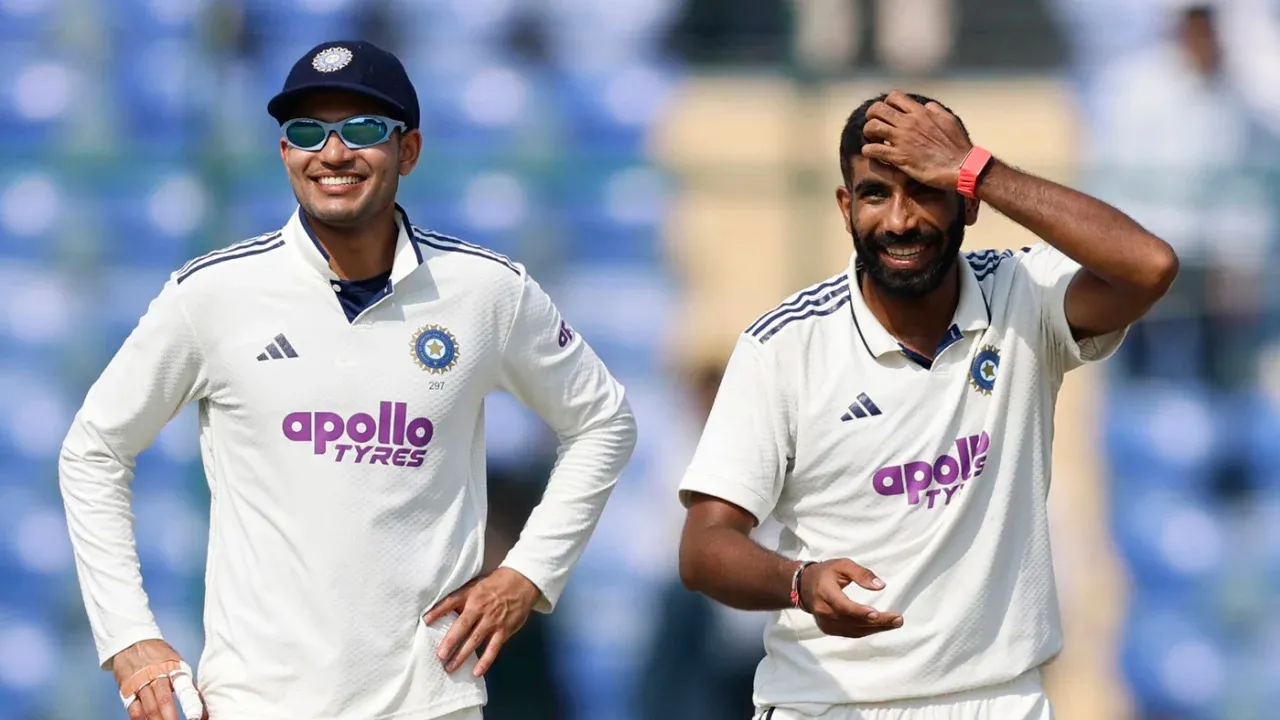
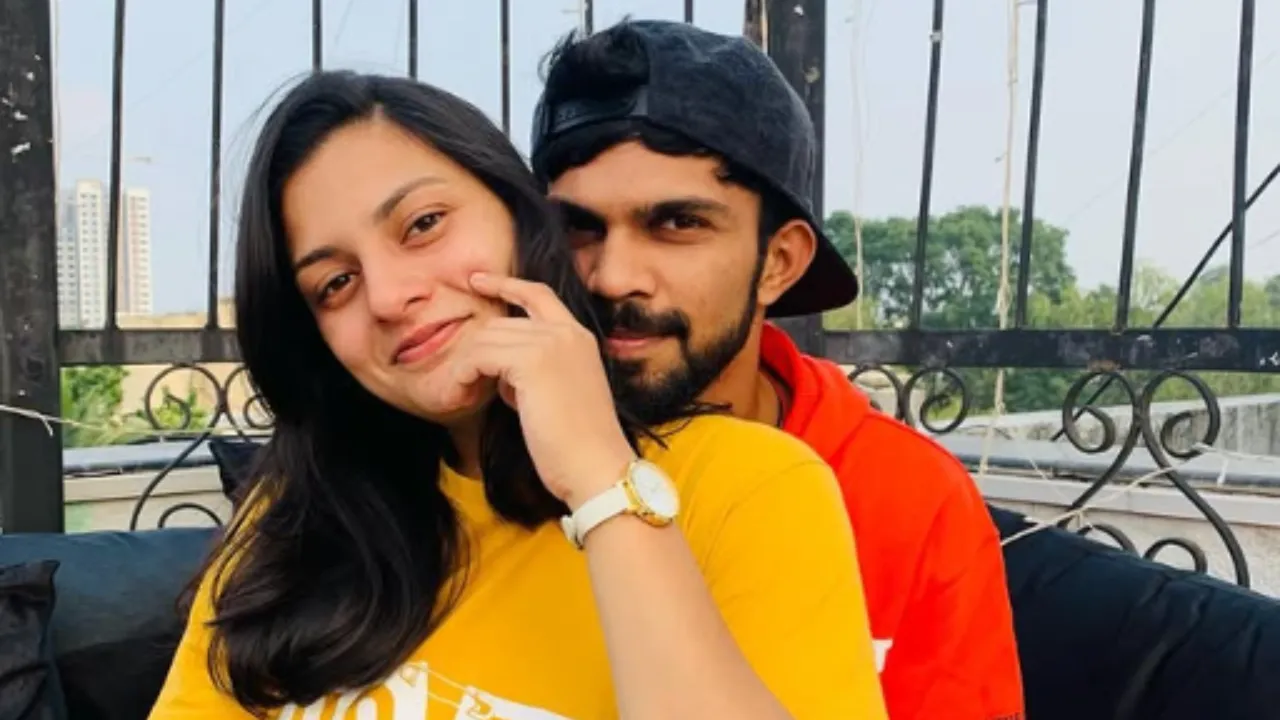



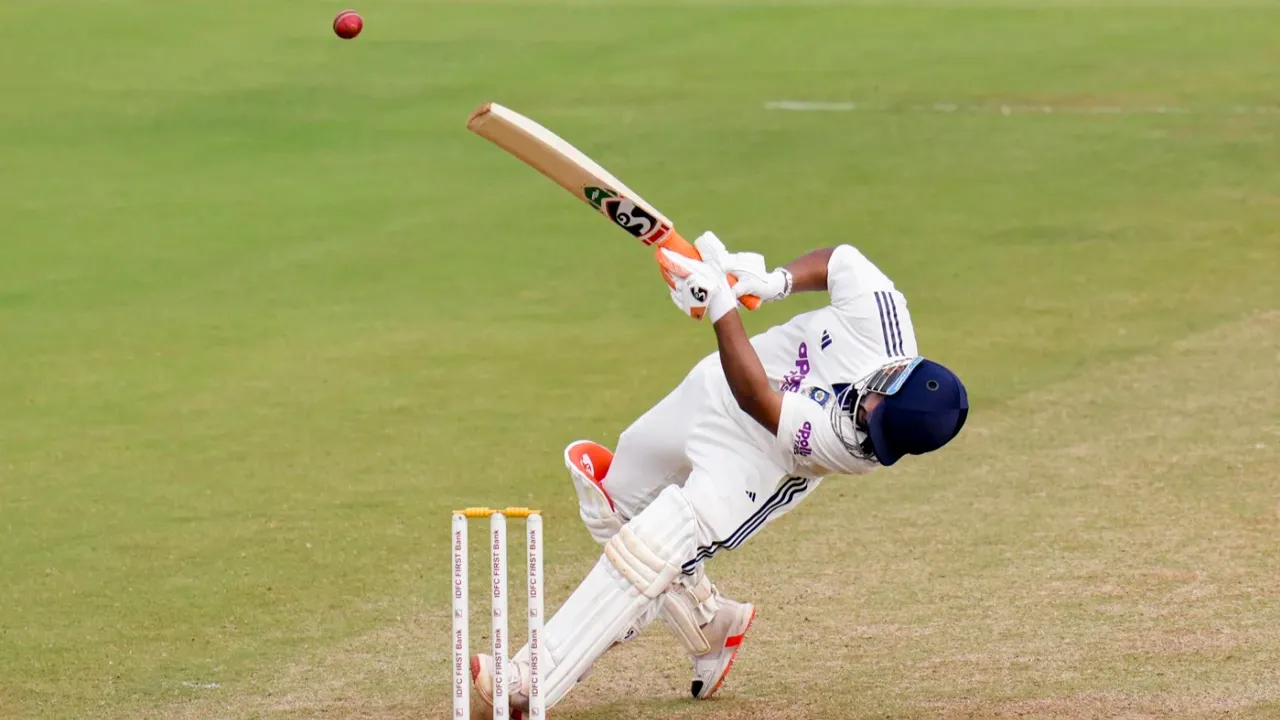
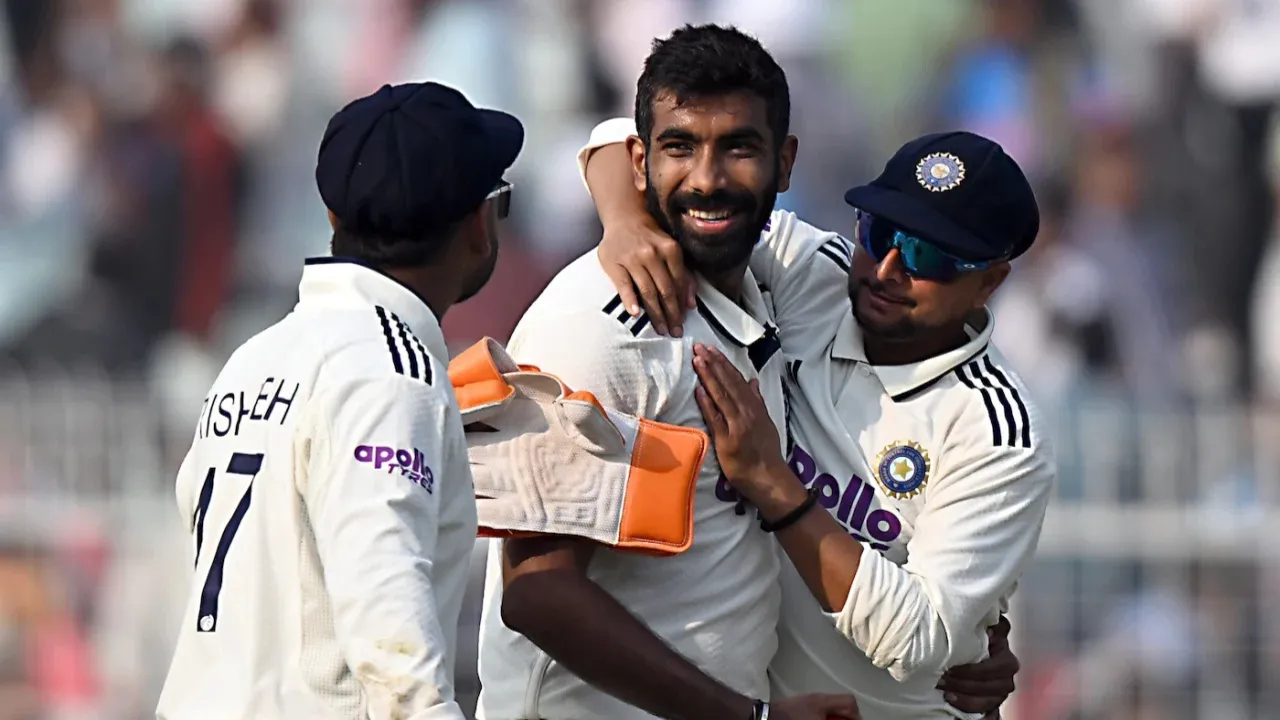

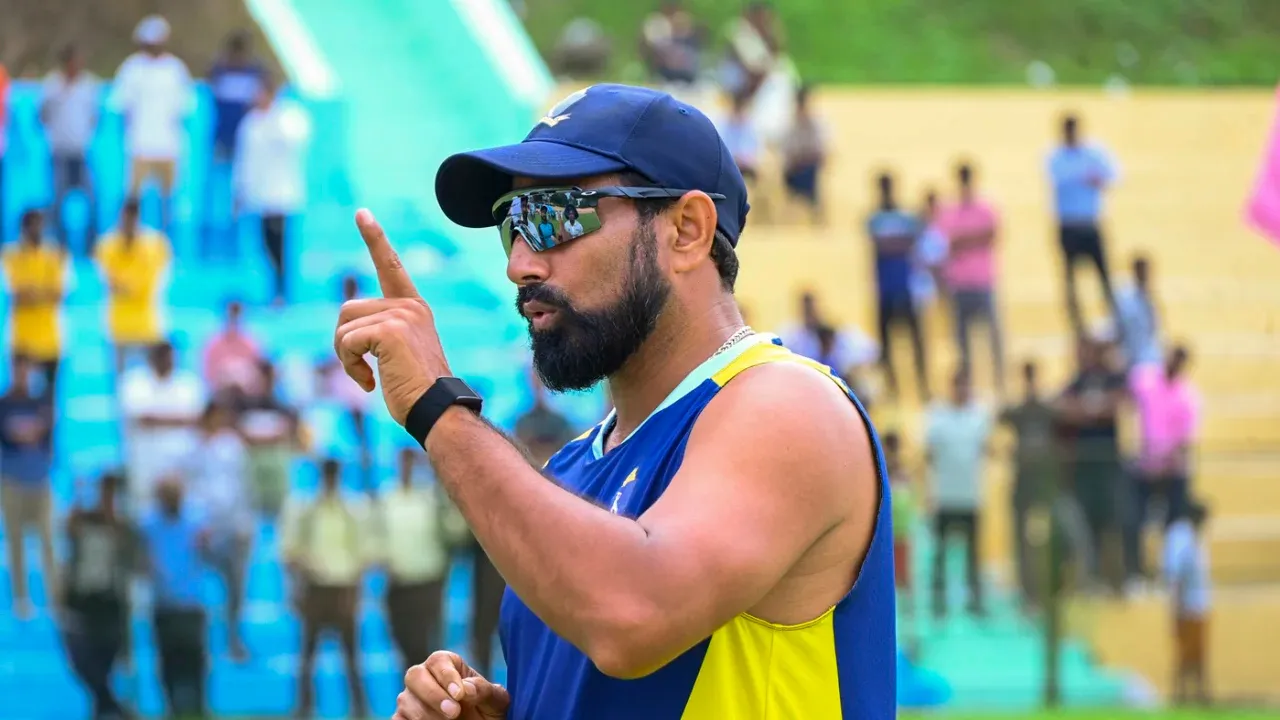
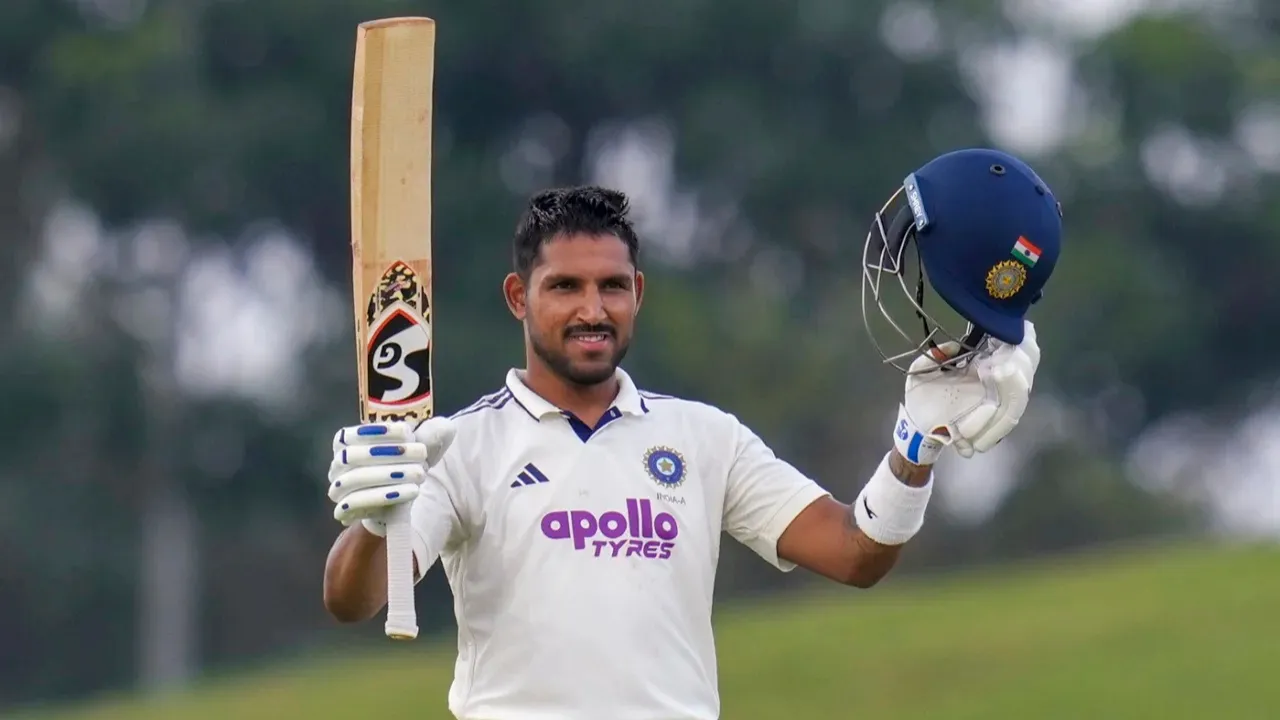


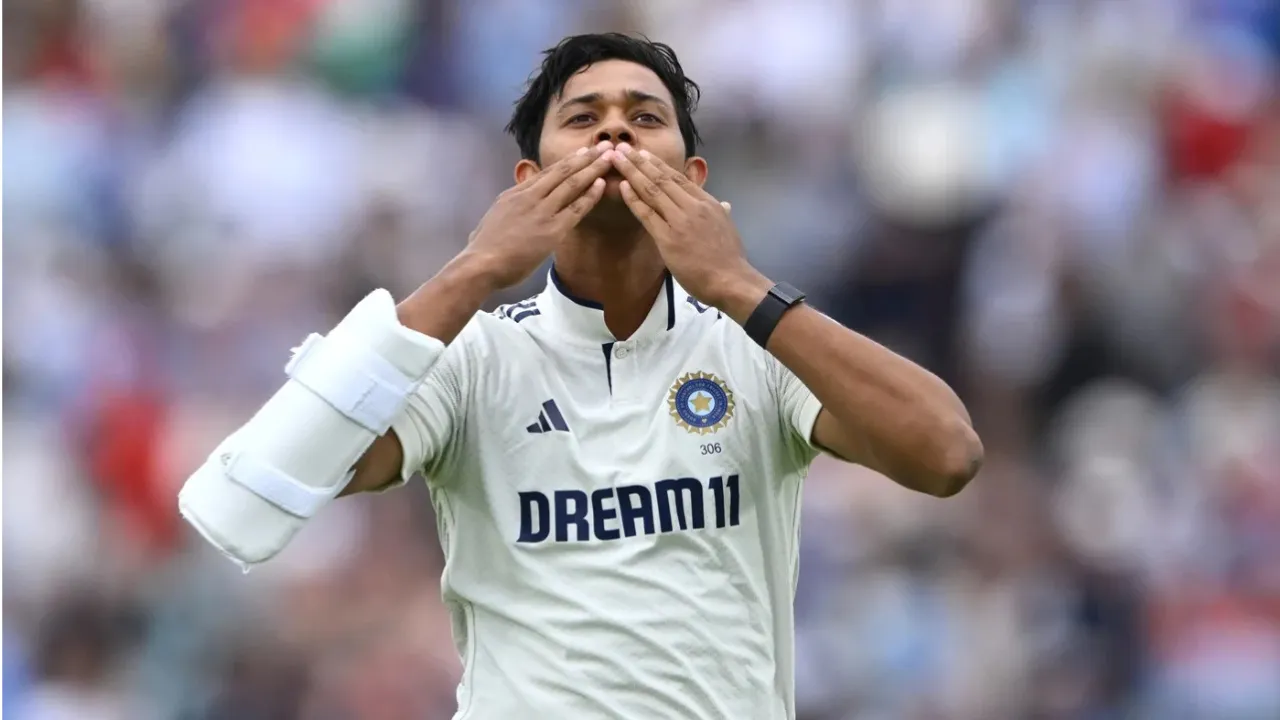


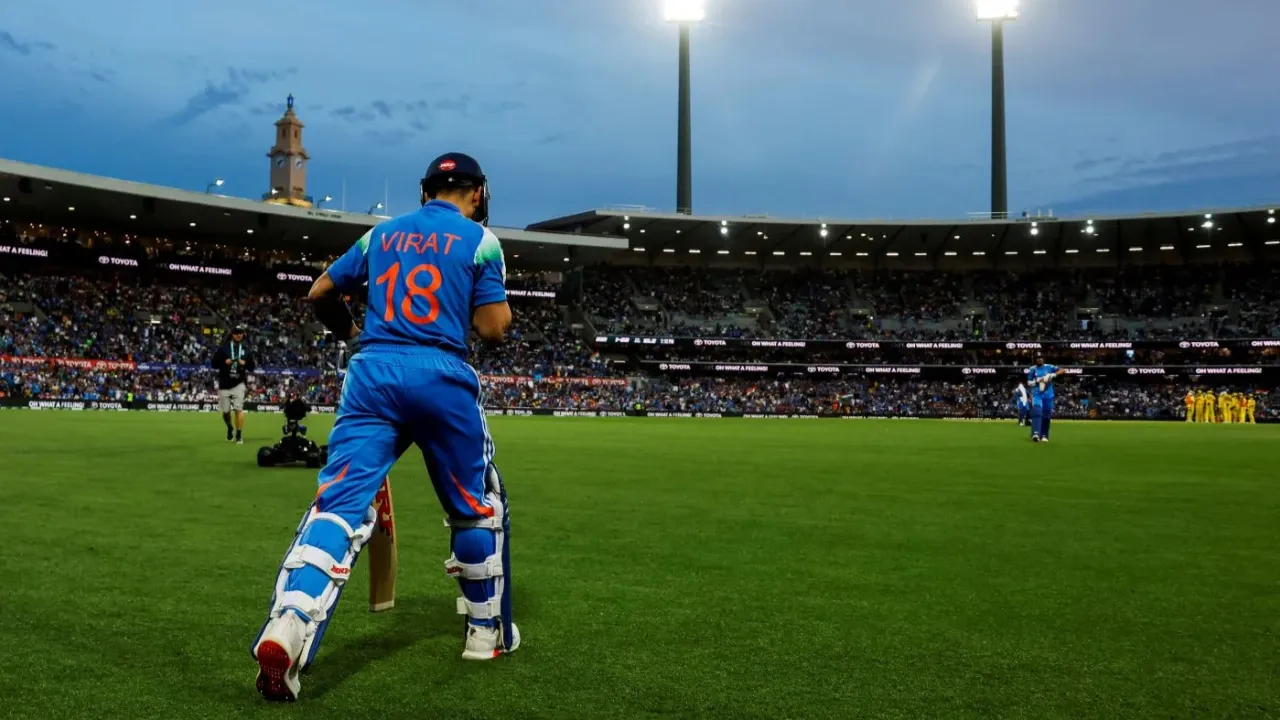

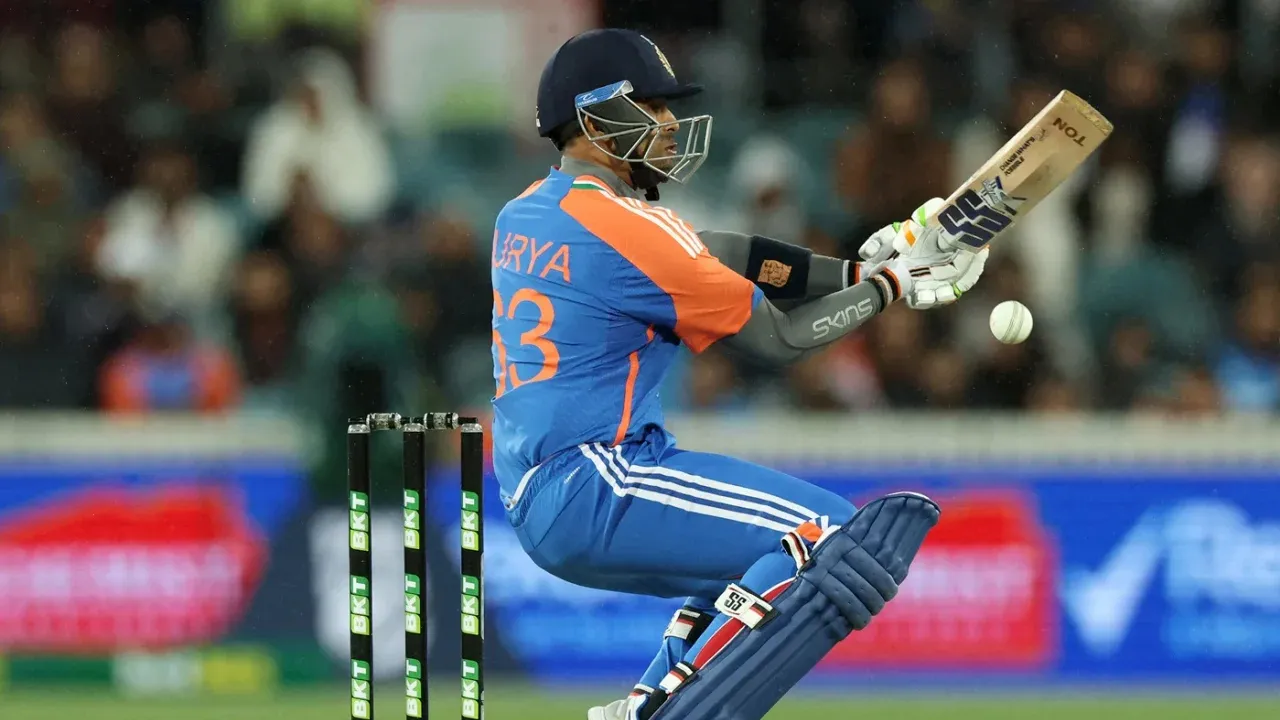
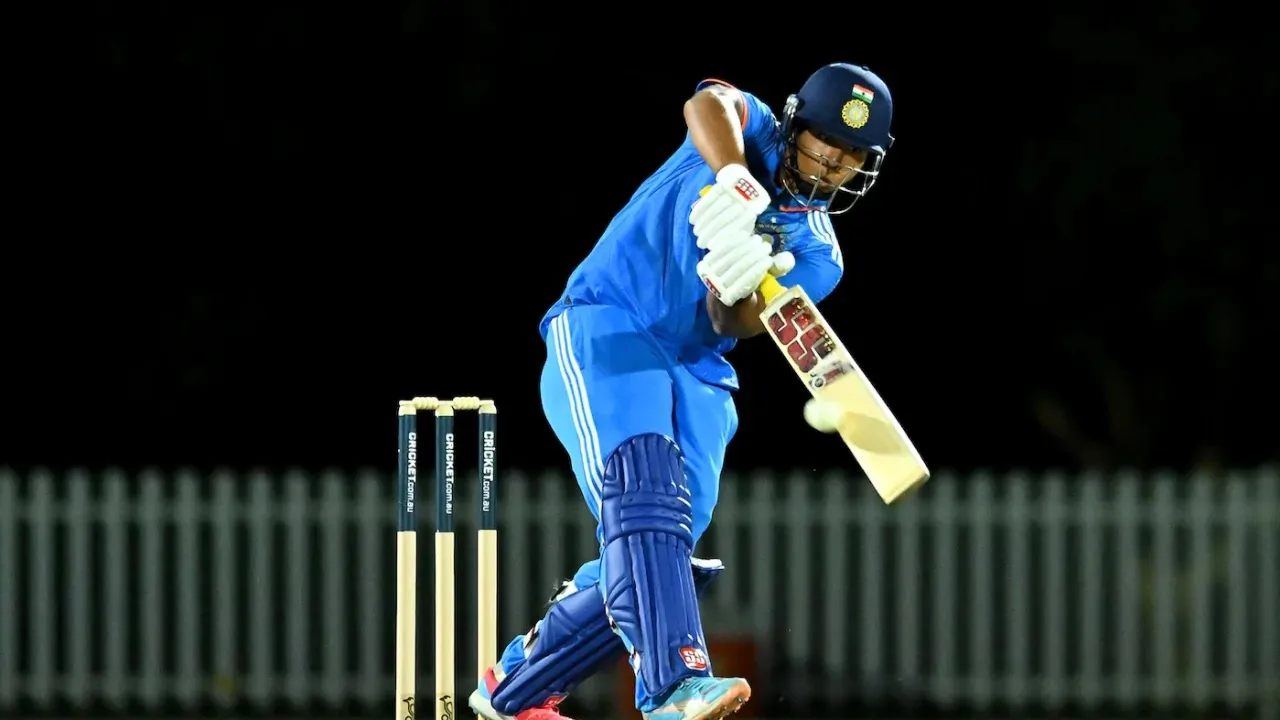
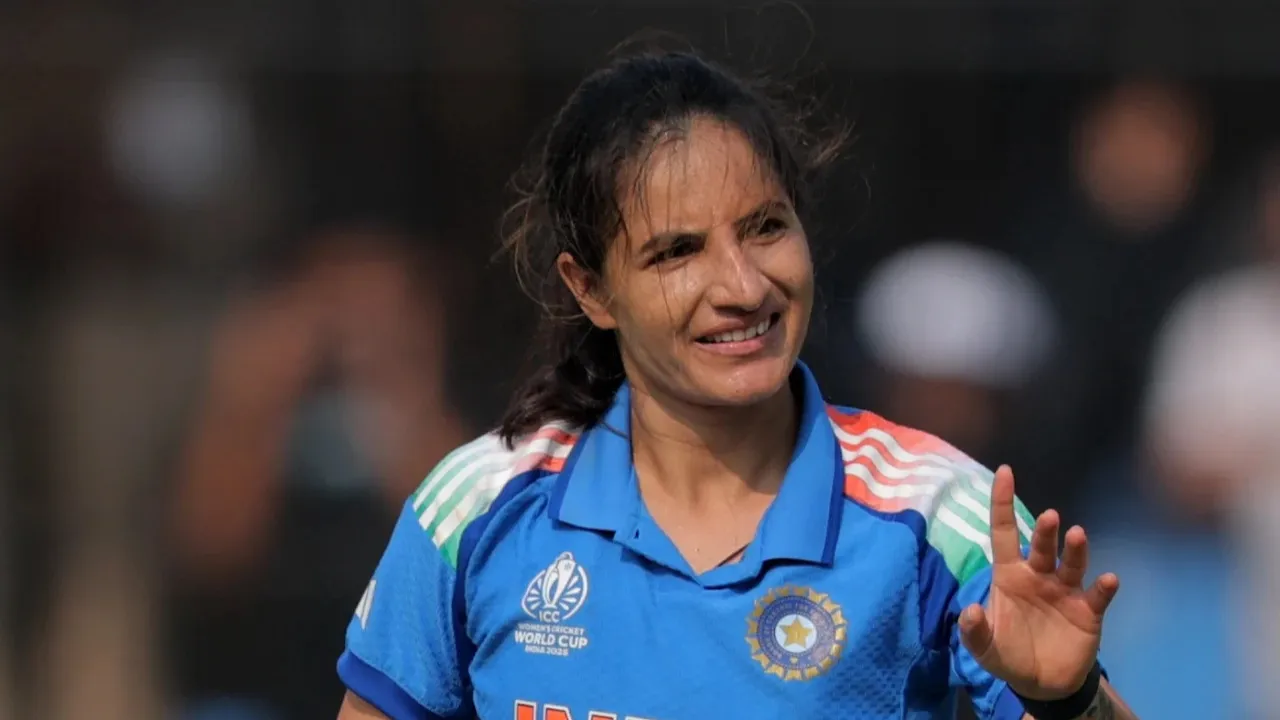
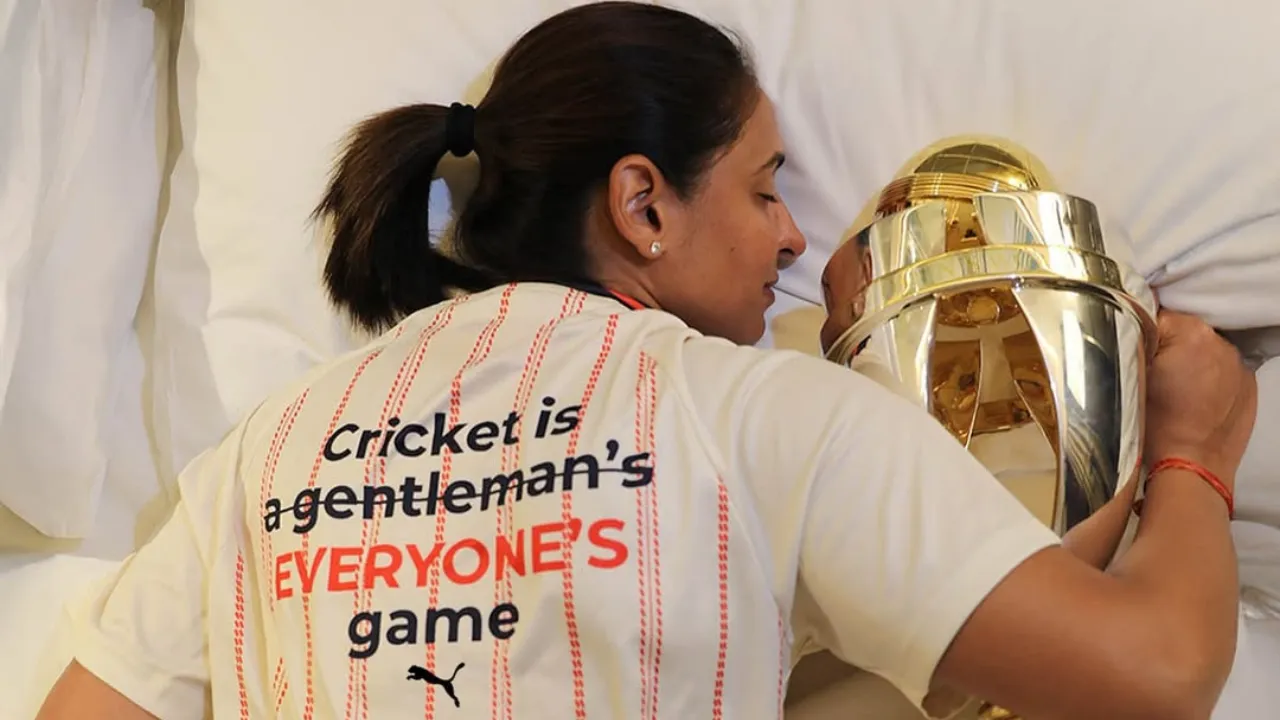
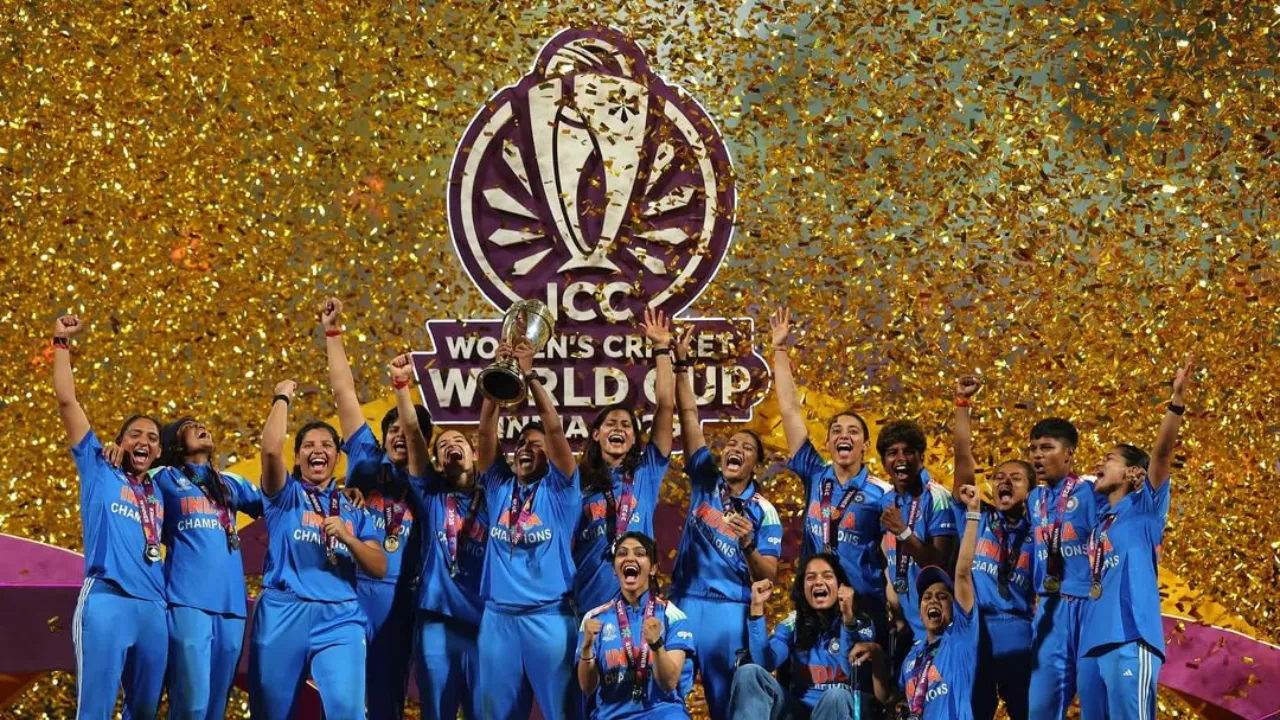
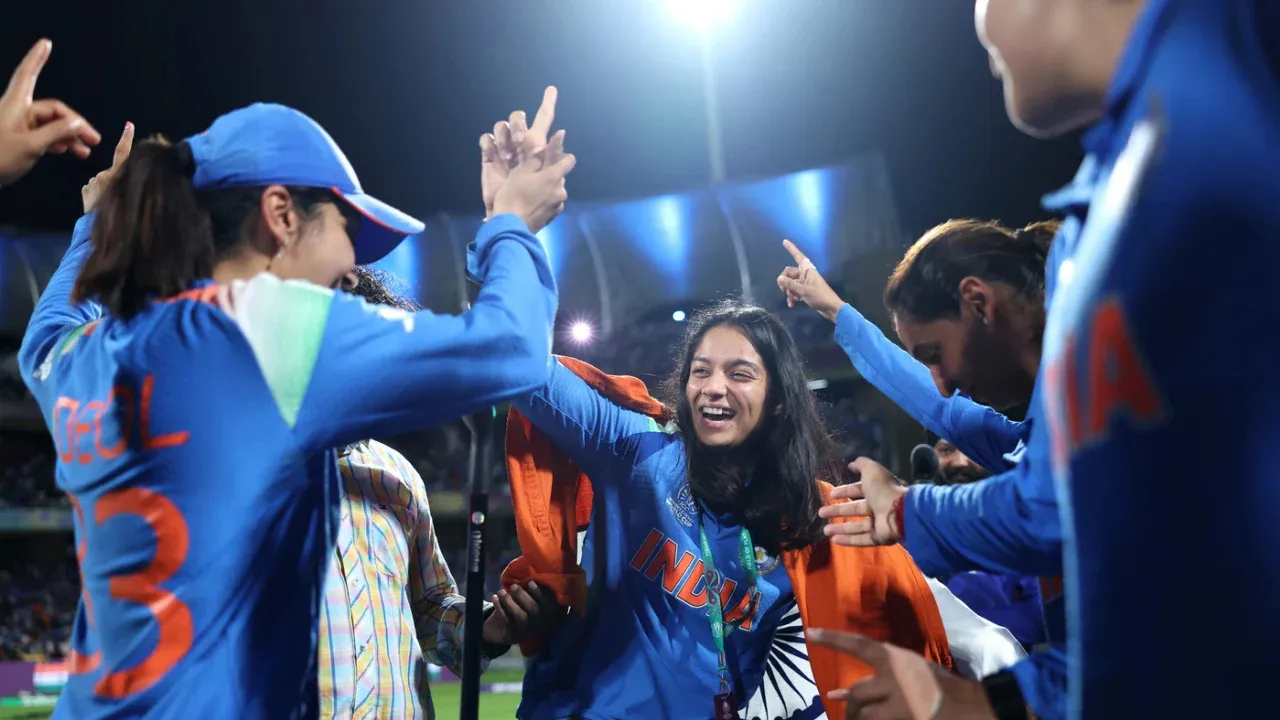
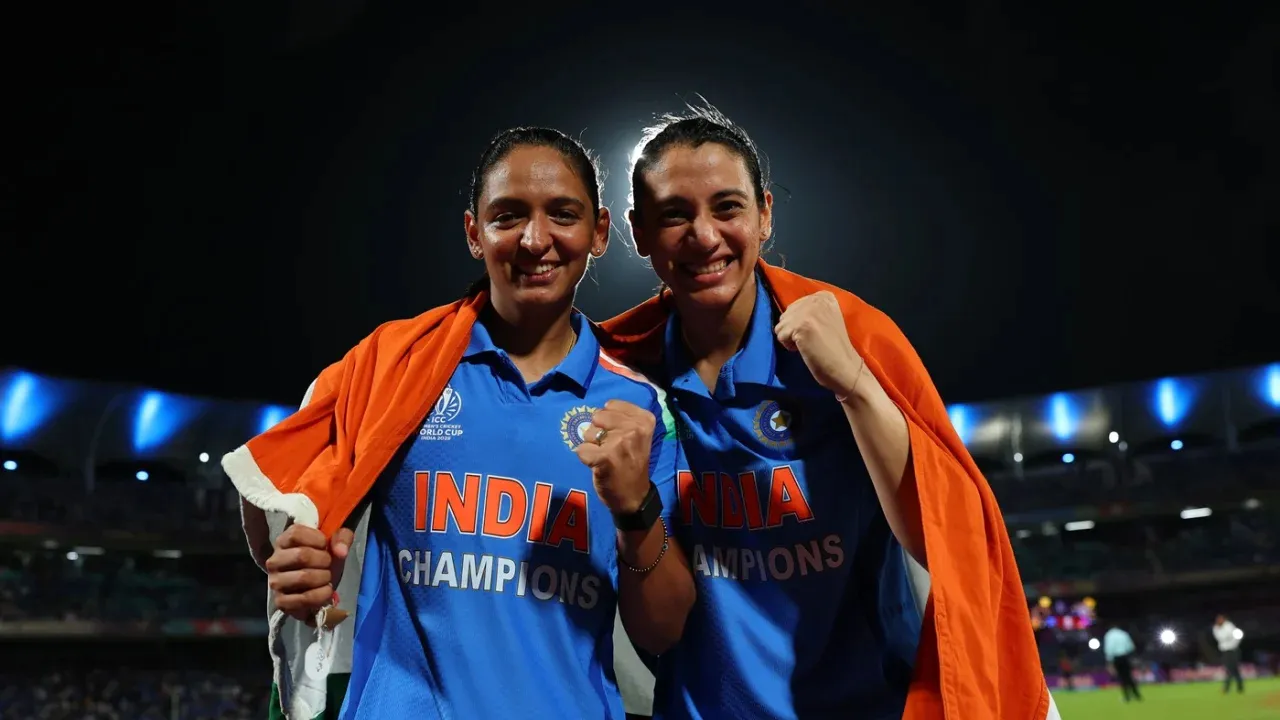


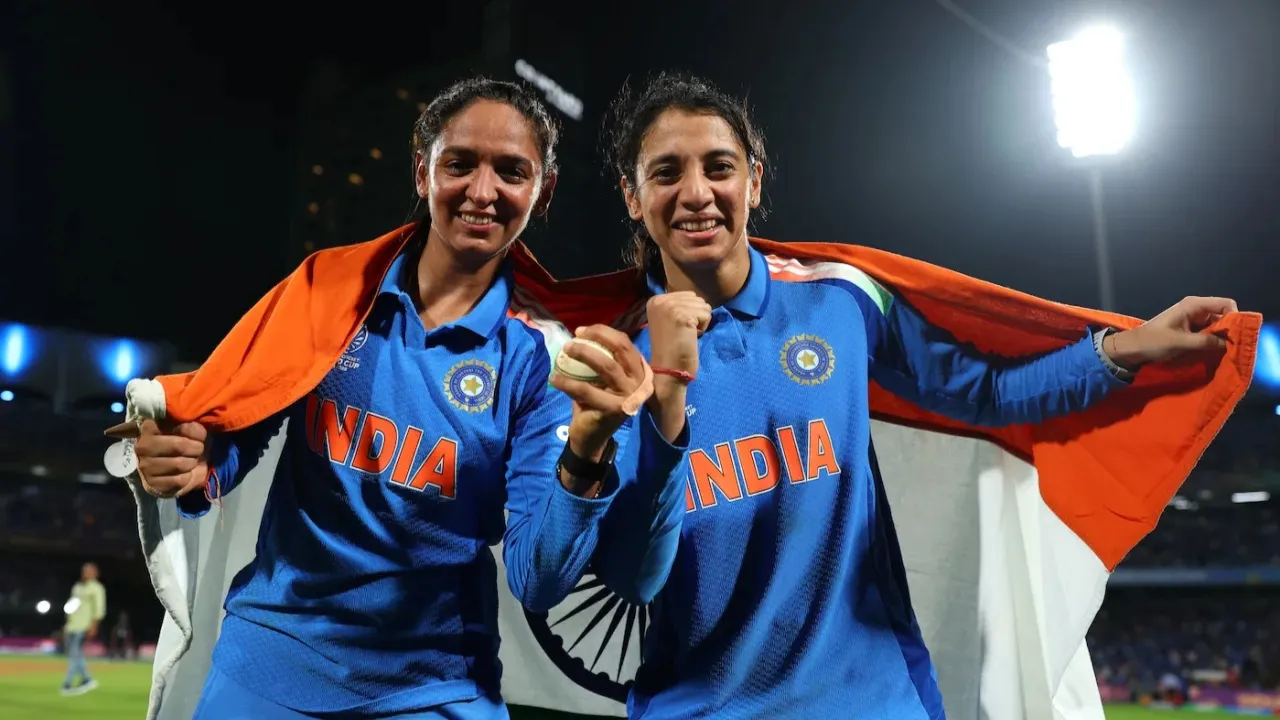
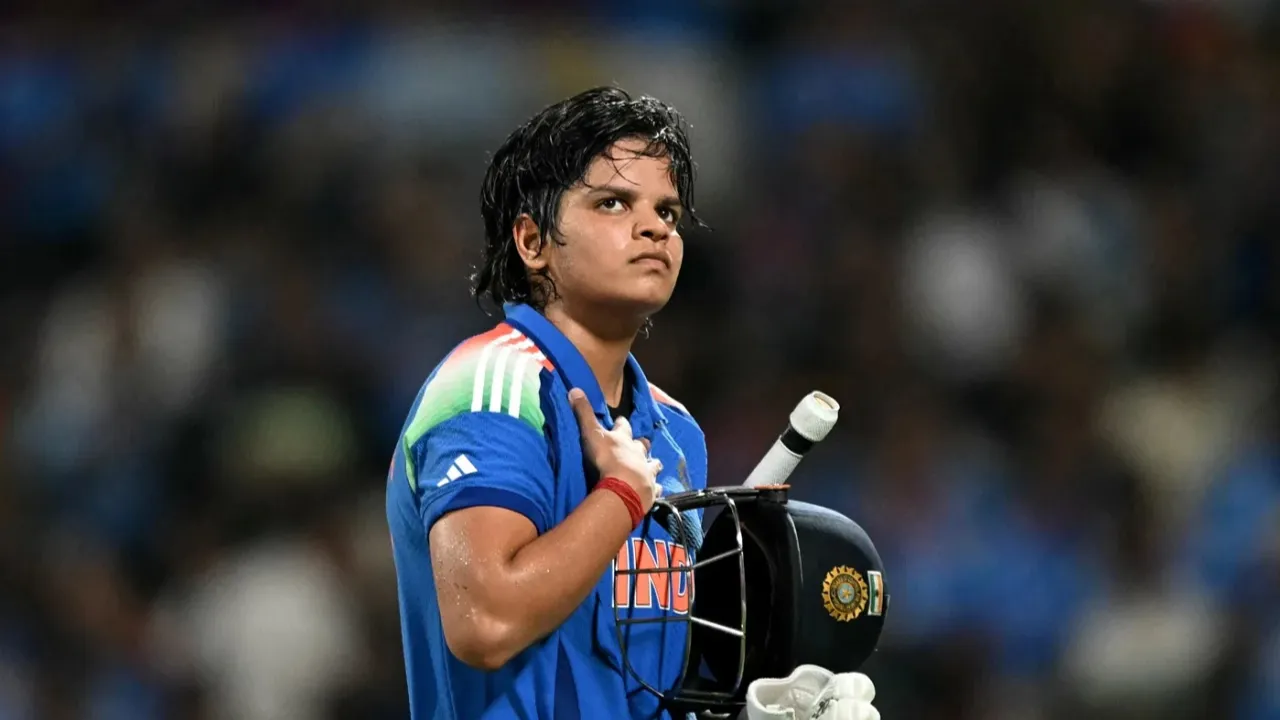
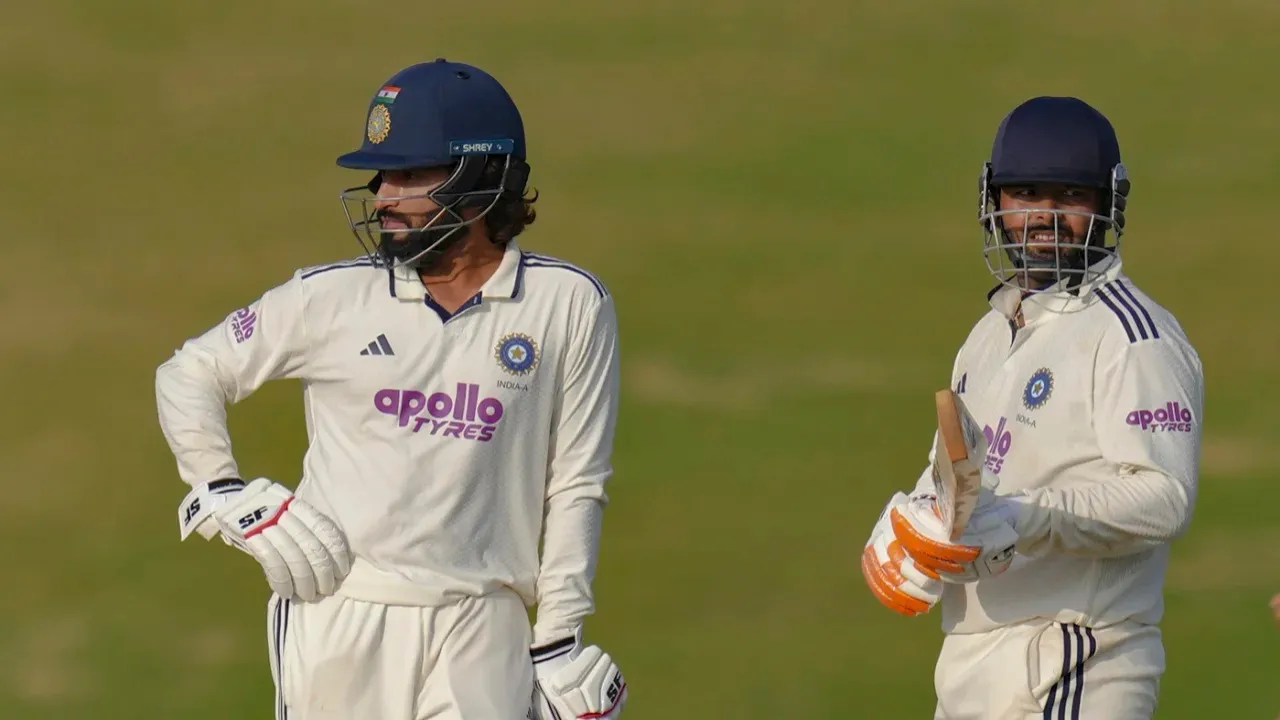
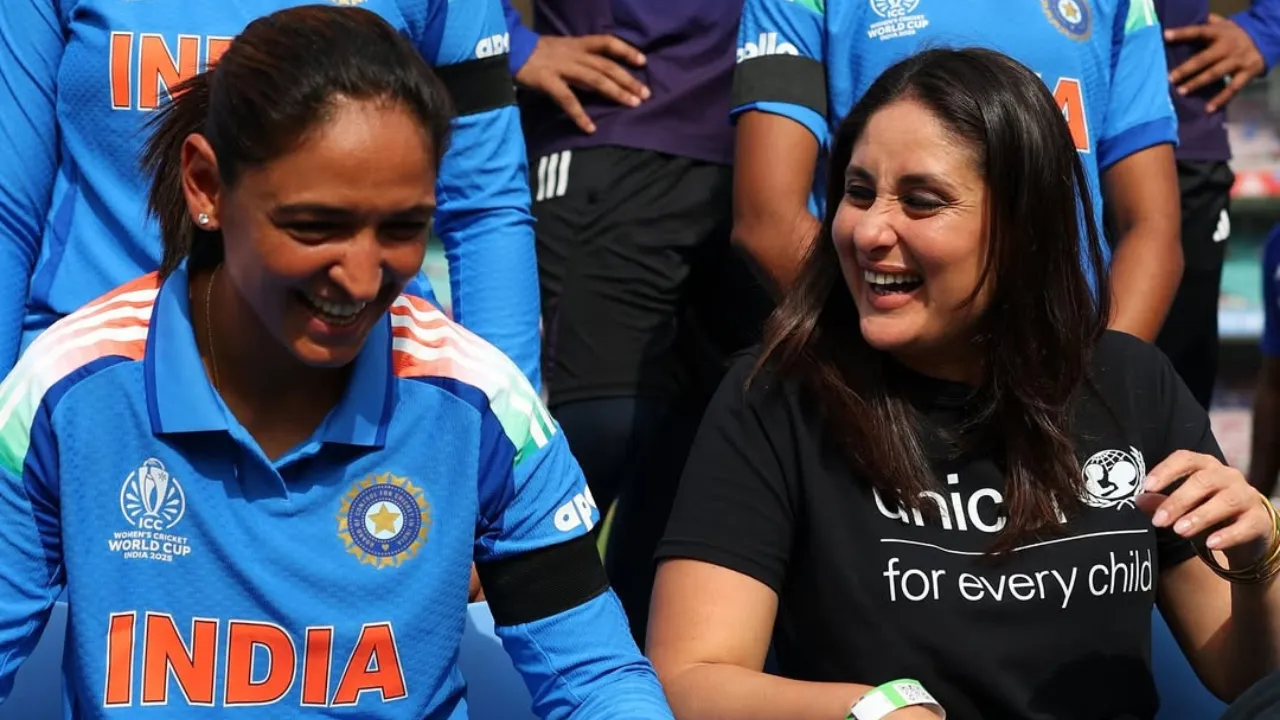







“You can’t do that after 10 balls”: Kumble slams Rishabh Pant’s dismissal